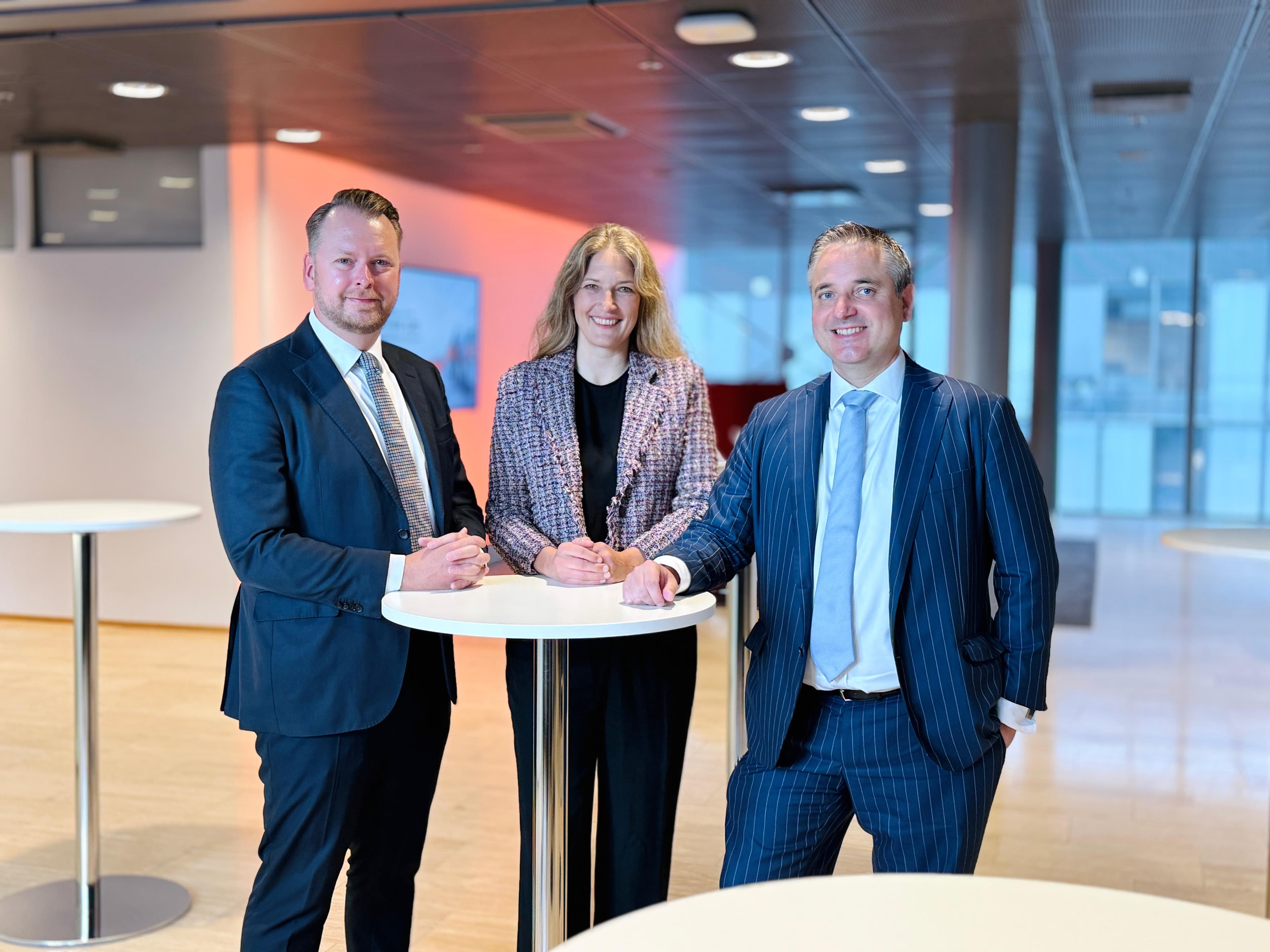Nefco - The Nordic Green Bank, Climate Leadership Coalition, and ICC Finland hosted a roundtable on January 9th to explore the opportunities presented by the newly operationalised carbon market mechanism under Article 6 of the Paris Agreement. The event, which brought together industry leaders, policymakers and experts demonstrated strong interest in Article 6 mechanisms and shared commitment to climate targets. The event was opened by the retreating Minister of Climate and the Environment Kai Mykkänen.
The potential of global carbon markets
The roundtable highlighted the effectiveness of market-based tools, particularly the EU Emissions Trading Scheme, which remains one of the most impactful climate actions to date. Although there are still details to be solved, the finalization of the operational framework for Article 6 at COP29 in Baku was seen as a pivotal milestone in standardizing global carbon markets. Known as the Paris Agreement Crediting Mechanism (PACM), Article 6 establishes rules for international cooperation on carbon trading, providing clarity for governments and businesses. This enables voluntary market-based mechanisms to join compliance schemes like the ETS and play a pivotal role in achieving global climate targets while supporting sustainable development in host countries.
Why global carbon markets are interesting for businesses
- Maximizing Efficiency: Global carbon markets enable emission reductions to occur where they are most cost-effective, optimizing the impact of climate actions.
- Driving Technology Exports: Participation in international emission reduction projects creates opportunities for businesses to export technologies and solutions.
- Supporting National Goals: Flexible global mechanisms can play a key role in helping Finland achieve its carbon neutrality target more efficiently and effectively.
Insights from other Nordic countries
Sweden and Norway are already leveraging Article 6 mechanisms to meet their national climate targets: Sweden has developed a comprehensive buyer program to access Article 6 credits, while Norway has committed over €700 million to utilize these mechanisms. Nils Westling from the Swedish Energy Agency shared valuable insights into Sweden’s proactive approach at the discussion, demonstrating how Article 6 contributes to domestic climate goals but also the scale of investment and ambition required to fully capitalize on Article 6 opportunities.
Opportunities for Finland and Finnish Businesses
Article 6 would also enable Finland to adopt a cost-effective mechanism that complements other climate measures in reaching national climate targets. For Finnish businesses, the mechanism opens doors to rapidly growing international carbon markets by allowing them to provide solutions for generating article 6 credits through emissions reductions or removals in host countries. It also provides businesses with an additional cost-effective solution to reach their own climate targets as well as a possibility to support national mitigation efforts.
Companies Call for a clear Pathway Forward
There is a clear interest from Finnish companies to access international carbon markets enabled by Article 6. The roundtable highlighted the need for clarity on how Finnish companies can effectively utilize Article 6 mechanism and how these mechanisms interact with other crediting schemes and climate policy instruments. Strengthening public-private partnership will be needed to fully realize the advantages of this emerging opportunity. Close cooperation with other Nordic countries will also be crucial. Following the progress in Sweden and Norway can help Finland identify new opportunities and adapt successful practices.
More information: Tuuli Kaskinen, CEO, Climate Leadership Coalition, tuuli.kaskinen@clc.fi, +358 50 5149752

